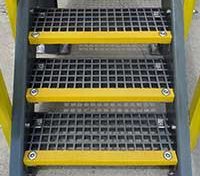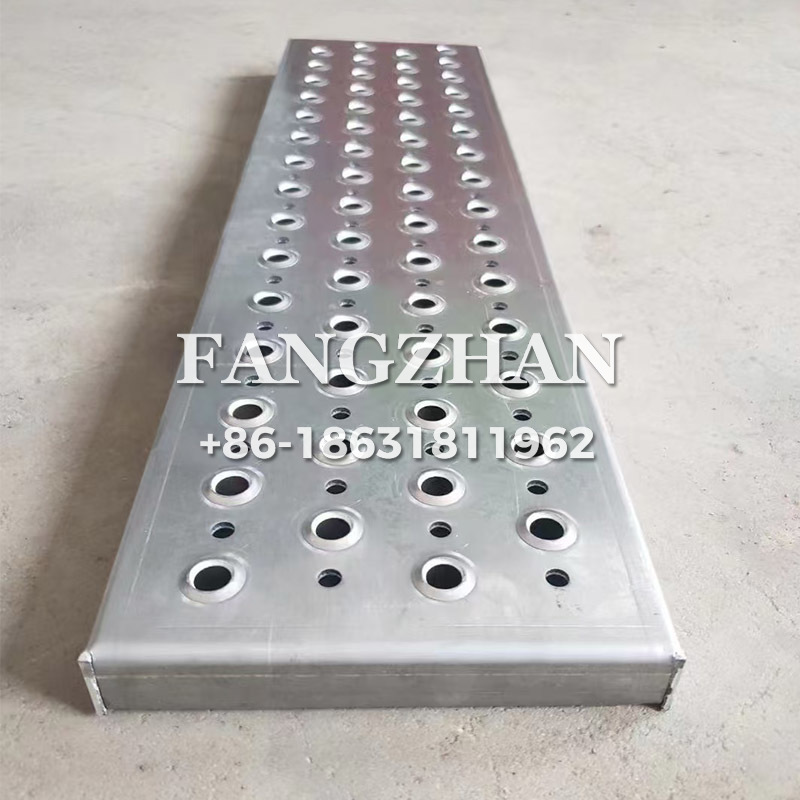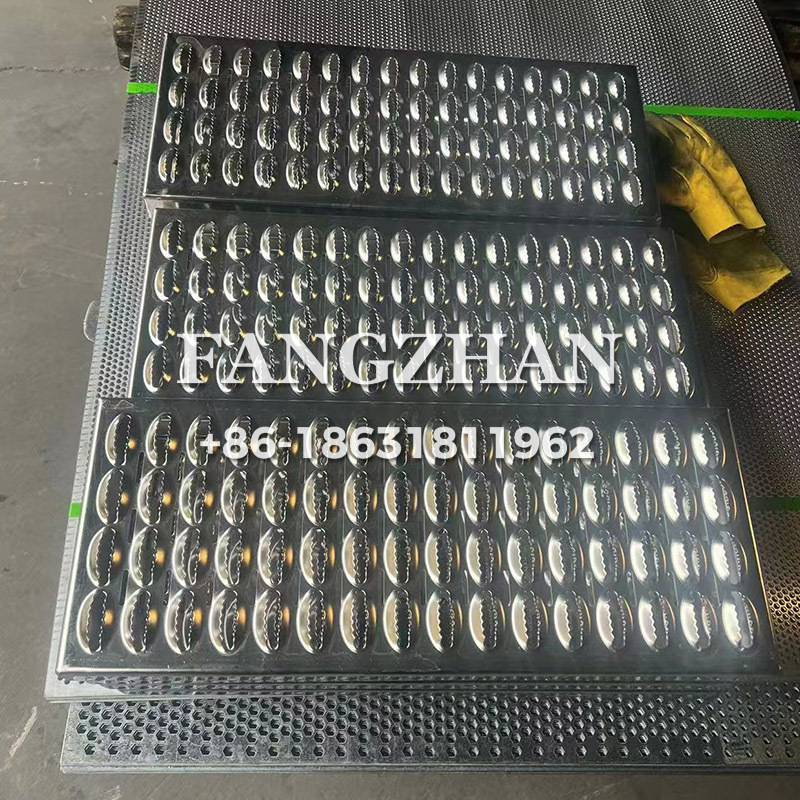A Comprehensive Guide to FRP Stair Tread Maintenance
2025-08-07
A Comprehensive Guide to FRP Stair Tread Maintenance
Maintaining the integrity and appearance of your FRP (Fiber Reinforced Polymer) stair treads is essential for ensuring safety and prolonging their lifespan. With the right care and regular maintenance, you can keep your stairs looking great while minimizing the risk of accidents due to wear and tear. This guide offers detailed insights into the maintenance of FRP stair treads, including cleaning routines, repair methods, and preventative measures. Let's dive into the world of FRP stair tread maintenance and learn how to keep them in top-notch condition.
Understanding FRP Stair Treads
FRP stair treads are a popular choice for various commercial and residential applications due to their durability, slip resistance, and low maintenance requirements. Made from a combination of fiberglass and resin, these treads are designed to withstand harsh environmental conditions and heavy foot traffic. Understanding the composition and benefits of FRP stair treads is vital for effective maintenance.
Benefits of FRP Stair Treads
- Durability: FRP treads resist corrosion, impact, and chemicals, making them suitable for industrial environments.
- Slip Resistance: The textured surface enhances grip, reducing the risk of slips and falls.
- Lightweight: FRP materials are lighter than traditional materials, easing installation and transportation.
- Low Maintenance: They require minimal upkeep compared to wood or metal treads, saving time and costs.
Common Applications of FRP Stair Treads
FRP stair treads are widely used in various settings, including:
- Industrial facilities
- Commercial buildings
- Marine environments
- Public infrastructure such as stadiums and shopping centers
Importance of Regular Maintenance
Regular maintenance of FRP stair treads is crucial to ensure their functionality and aesthetics. Neglecting maintenance can lead to significant issues, including:
- Increased Wear: Dirt and debris can wear down the tread surface over time.
- Safety Hazards: Accumulated grime can create slippery conditions, increasing the risk of accidents.
- Costly Repairs: Ignoring minor issues can lead to more significant problems that require expensive repairs.
Effective Cleaning Techniques for FRP Stair Treads
Cleaning your FRP stair treads regularly will help maintain their slip resistance and appearance. Here’s how to do it effectively:
Step-by-Step Cleaning Process
- Gather Supplies: You'll need a broom or vacuum, a bucket, mild detergent, a sponge or soft brush, and a hose or pressure washer.
- Remove Debris: Sweep or vacuum the stairs to remove loose dirt, leaves, and other debris.
- Prepare Cleaning Solution: Mix a small amount of mild detergent with warm water in a bucket.
- Scrub the Surface: Use a sponge or soft brush to scrub the tread surfaces with the cleaning solution. Focus on areas with visible stains or dirt accumulation.
- Rinse Thoroughly: Rinse the treads with clean water to remove any soap residue.
- Dry the Area: Allow the treads to air dry or wipe them down with a clean, dry cloth.
Recommended Cleaning Products
For optimal results, consider using the following cleaning products:
- Non-abrasive mild detergents
- pH-neutral cleaners
- Commercial FRP cleaners designed for fiberglass surfaces
Repairing FRP Stair Treads
Despite their durability, FRP stair treads may require repairs over time. Understanding how to address common issues will help you maintain safety and appearance.
Identifying Common Issues
Common issues that may require repair include:
- Cracks or chips
- Delamination
- Loss of texture or slip resistance
Repair Techniques
Here are some effective methods for repairing FRP stair treads:
1. Fixing Cracks and Chips
- Clean the damaged area to remove dust and debris.
- Use a fiberglass repair kit that includes resin, hardener, and fiberglass cloth.
- Apply the resin mixture to the crack or chip and smooth it out.
- Allow it to cure as per the manufacturer's instructions.
- Sand the repaired area to blend it with the surrounding tread.
2. Addressing Delamination
Delamination occurs when layers of the tread start to separate. To repair this:
- Gently pry apart the delaminated sections.
- Apply adhesive specifically designed for FRP materials.
- Press the layers together and clamp them for proper adhesion.
- Allow sufficient curing time.
3. Restoring Slip Resistance
If the tread's texture diminishes, consider applying a non-skid coating. Follow these steps:
- Clean the surface thoroughly.
- Apply a non-skid coating according to the manufacturer's instructions.
- Allow it to cure properly before using the stairs.
Preventative Measures for Longevity
Taking proactive steps can greatly enhance the lifespan of your FRP stair treads. Here are some preventative measures to consider:
1. Regular Inspections
Conduct routine inspections to identify any wear and tear. Look for cracks, chips, or loose areas that require immediate attention.
2. Install Anti-Slip Mats
Using anti-slip mats in high-traffic areas can help protect the tread surfaces and enhance safety.
3. Manage Foot Traffic
Where possible, limit heavy foot traffic or place outdoor mats at entrances to reduce dirt and wear on the treads.
Frequently Asked Questions (FAQs)
1. How often should I clean my FRP stair treads?
It is advisable to clean FRP stair treads at least once a month, or more frequently in high-traffic areas or environments exposed to dirt and moisture.
2. Can I use bleach to clean FRP stair treads?
Bleach is not recommended as it can damage the surface of FRP materials. Use mild detergents or pH-neutral cleaners instead.
3. What should I do if my FRP stair treads become slippery?
If the treads become slippery, clean them thoroughly and consider applying a non-skid coating to restore slip resistance.
4. Is it necessary to repair minor damages immediately?
Yes, it’s important to address any minor damages immediately to prevent further deterioration and ensure safety.
5. Can I install FRP stair treads myself?
While installation can be done as a DIY project, professional installation is recommended for optimal safety and performance.
Conclusion
Achieving maximum longevity and safety from your FRP stair treads requires consistent maintenance and proactive measures. By adhering to a regular cleaning schedule, addressing repairs promptly, and adopting preventative strategies, you can significantly enhance the performance and aesthetic appeal of your stair treads. FRP materials offer significant benefits, and with the right care, they will continue to serve you safely and effectively for many years to come.
Key words:
RELATED INFORMATION
A Comprehensive Guide to FRP Stair Tread Maintenance
2025-08-07




